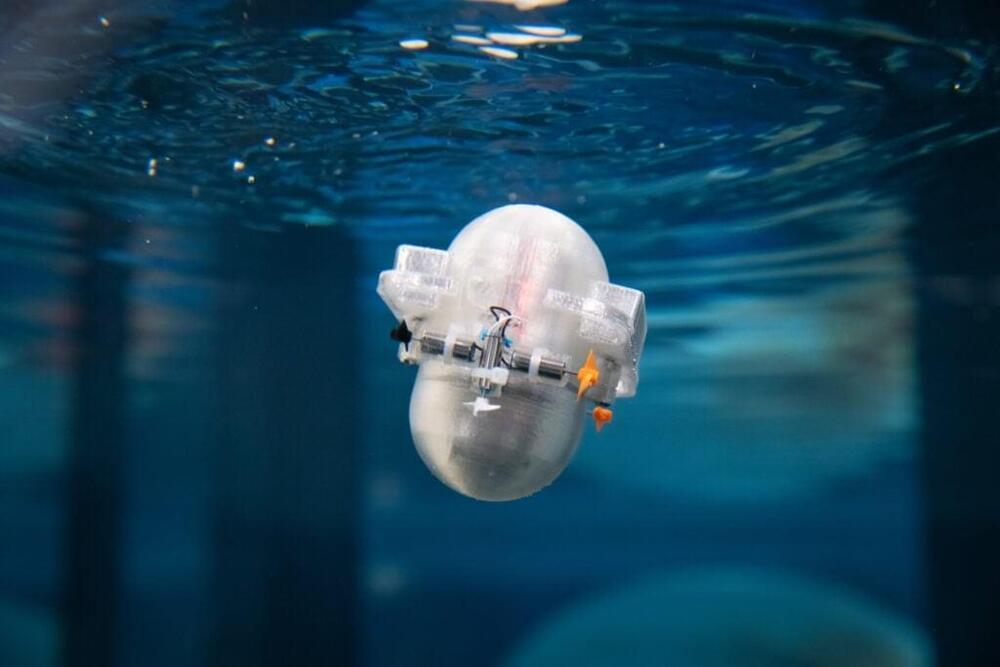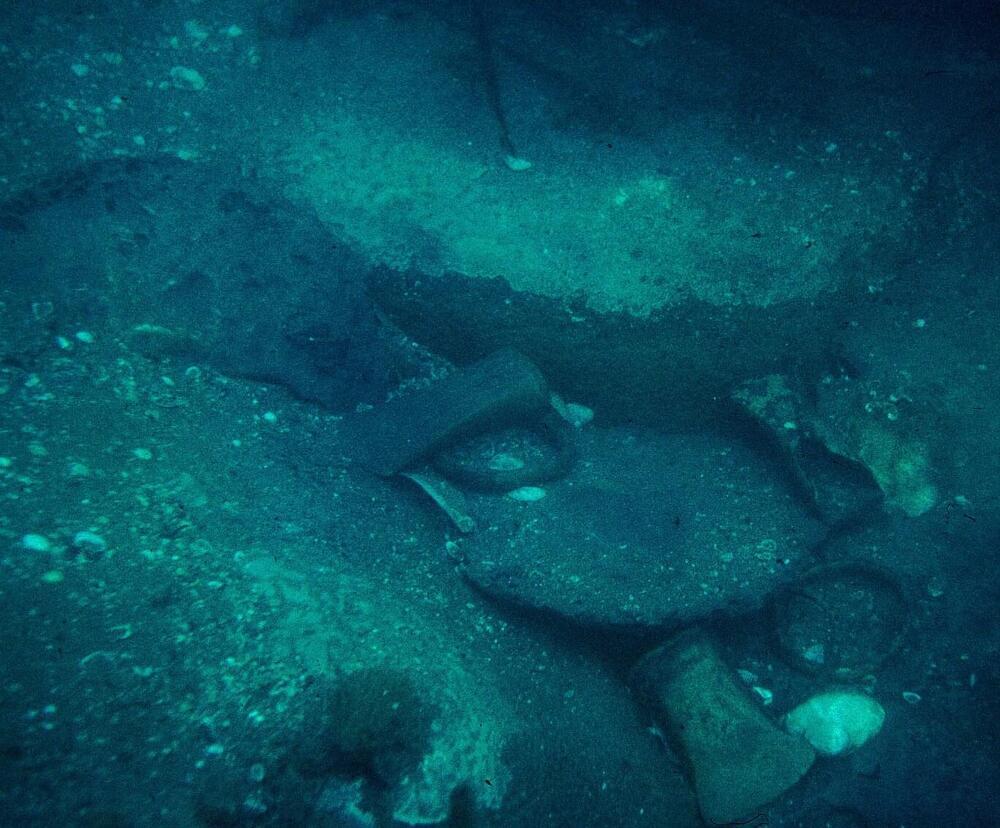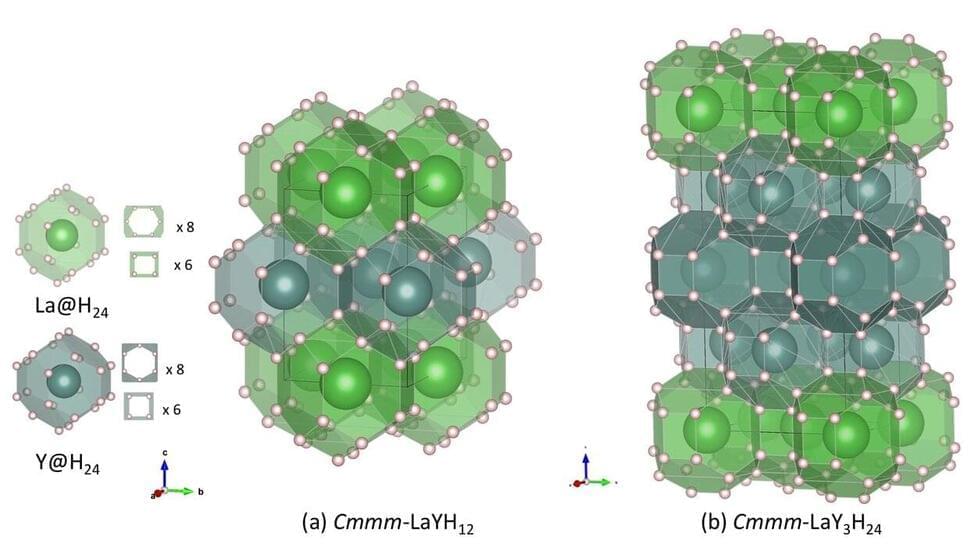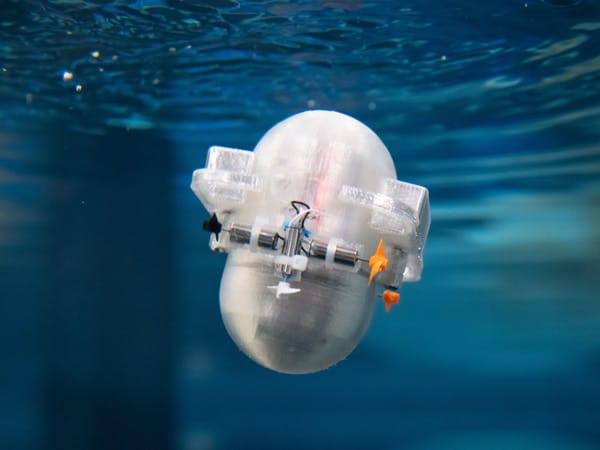Dec 13, 2021
The Logistics of Going “Interplanetary”: What Does It Take to Live on the Moon?
Posted by Gemechu Taye in categories: economics, solar power, space, sustainability
Humans have been dreaming of living on the Moon, but what would that look like exactly?
Put simply, an outpost (or outposts) on the Moon could benefit humanity in numerous ways. It would allow for regular access to the lunar surface, enable vital research into low-gravity and its effects on terrestrial organisms, and shave billions off of the cost of missions destined for Mars and other locations in deep space.
Continue reading “The Logistics of Going ‘Interplanetary’: What Does It Take to Live on the Moon?” »


















